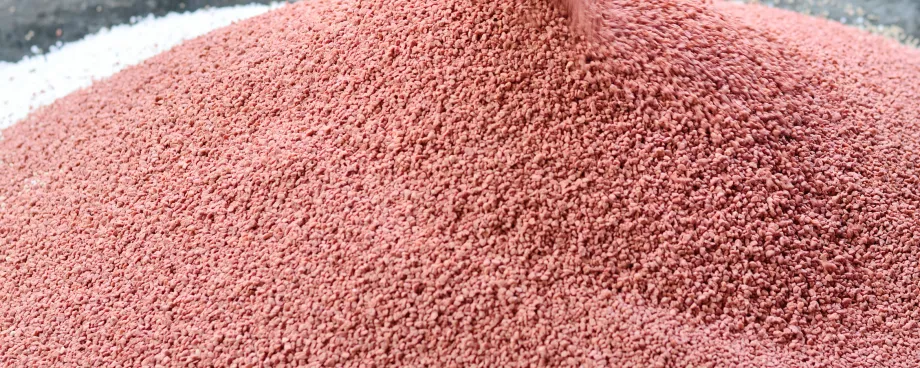| free-fall velocity | Velocity of fall of a particle though a still fluid at which the affective weight of the particle is balanced by the drag exerted by the fluid on the particle. |
| hardness | Hardness is characterised, in general, by the resistance of a material to deformation. This property reflects a material’s susceptibility to abrasion by other material of contact and its ability to abrade other materials. As such, the value is a measure of its resistance to wear and aggressiveness to cause wear on other materials. When the surface is sufficiently large, absolute hardness is normally measured by determining the resistance to indentation, as in Brinell, Rockwell, Vickers diamond pyramid and scleroscope hardness tests. For particles and powders hardness, it is generally described in relation to its capacity to scratch or wear other materials, without itself suffering surface degradation. Ten materials of different hardness are defined by Mohr’s scale of hardness, to act as a basis for comparison and interpolation. |
| immersed particle density | (See density, immersed particle). |
| Mohr’s scale of hardness |
A scale that gives a comparative order of hardness by expressing it in terms of the ability of one material to scratch another, without itself being affected. A set of reference materials is listed with which others may be compared.
|
| Ostwald ripening | The growth of some particles in a suspension at the expense of others as a result of dissolution and re-crystallisation. |
| particle density | (See density, apparent density, or density, effective particle). |
| particle density, true | (See density, true). |
| sedimentation | The settling of particles in a still fluid, resulting in grading by mass. |
| settling velocity | The distance per unit time that a particle falls in a still fluid. Stokes’ law has been developed, at low Reynolds number, to relate settling velocity to particle size. |
| temperature | Generally, most materials are handled in ambient temperature conditions. In sensitive cases, the physical properties of the bulk material may be affected at high ambient temperatures, and almost certainly so at elevated temperatures. High temperature also affects the gas in the voids, almost invariably to increase the gas viscosity and thereby significantly influence the effects of bulk volume changes (See porosity). Hot, fine powders from driers and kilns are considerably more prone to sustained aeration and fluidity than the same material at normal ambient temperature. This is because of the increased resistance to loss of excess air from the voids by virtue of the reduced permeability of the mass to the higher viscosity gas. Changes of temperature also cause secondary effects of moisture holding capacity of the gas, condensation migration and ‘thermal ratcheting’, a process of repeated change of volume due to fluctuating thermal variations, as between day and night conditions, that alternately contract a bulk volume in a silo to cause settlement, and then expand to stress the container walls. |
| terminal velocity | 1 See free-falling velocity. 2 See terminal gas velocity |
| velocity, free fallin | See free-falling velocity. |
| viscous drag | The resistance to movement of a particle through a fluid. |
| zeta potential | The potential difference between the surface of a solids particle immersed in water or a conducting liquid and the fully dissociated ionic concentration in the body of the liquid. It can be determined using the Smoluchowski equation: z = 4 p.h.U / Eoo where: - z is the zeta potential - h is the viscosity of the liquid - U is the velocity of a particle under an applied electric field Eoo. |
Glossary of Terms in Powder & Bulk Technology
5. Particle Properties
Page 2 of 2





